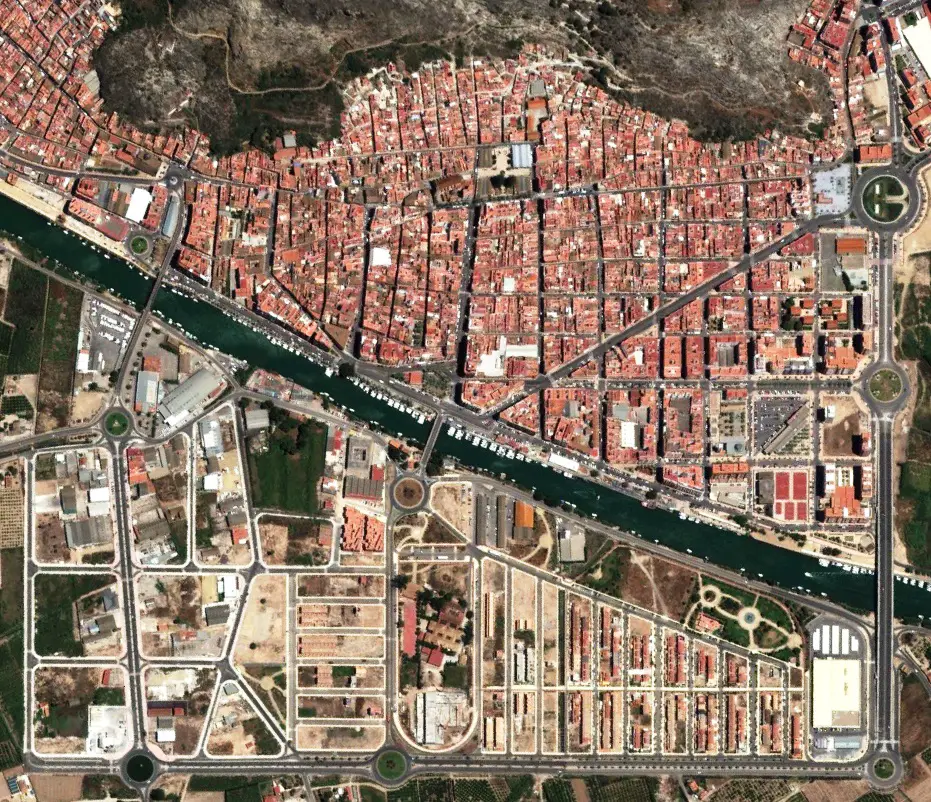How Will Obamacare Affect Cities and Urban Space in the United States?
Depending on your political preference, October 1 2013 represents either a humanitarian triumph in America’s social services, or the apocalyptic destruction of the republic as we know it. For the entire tenure of current US president Barack Obama, the Affordable Care Act, otherwise known both affectionately and derisively as “Obamacare”, has been far and away the most controversial of his policies, a magnet for both his staunchest supporters and harshest critics. It’s an extensive bill that effectively provides health coverage to all US citizens via a mandate to buy private insurance, with subsidies for those of the lowest income brackets unable to do so out of their own pockets. Passed in 2010 after nearly a year of partisan bickering, its implementation was scheduled to be delayed for three years, making this October 1, the first day of fiscal year 2014, the first day it takes effect for US citizens. Loathed by opposing Republicans, who took control of the house at the end of 2010, it has suffered dozens of repeal efforts passed through the house and thwarted by the senate, still controlled by the Democrats. In a last ditch effort to defeat a bill they see as nothing short of Stalinism, house Republicans have engaged in a parliamentary free for all, holding the congressional budget hostage unless Obama agrees to delay the program a year.
The nature of the Obamacare bill makes for a very neat ideological split in support or opposition for its implementation. If you’re a liberal you like it, if you’re a conservative you hate it, period. As we write this, it’s uncertain if Obamacare will get to take effect or not. But assuming it does, this hyper-controversial bill, besides its most publicised effects, will also affect a policy area that’s much harder to pigeonhole ideologically: urban policy. It will also have an effect, in some ways direct and in other ways more subtle, on the urban space of US cities.
The relation between health and urban planning has a long history. In the past, strategies for urban design were often seen as necessary for preserving the general health of the populace, in particular at the end of the 19th century. This led to the construction of sanitation networks, as well as zoning and other urban organizational practices whose goal was, among other things, to make people healthier. To this day, the potential for outbreak of disease makes health an important concern for urban planning and policy.
The close proximity of extreme wealth and extreme poverty found in cities makes them, as a World Health Organization report states, “both the best and the worst environments for health and well-being.” The US, despite being the richest country in the world, is no exception to this rule. While wealthy neighbourhoods have easy access to ritzy health facilities, poorer areas experience a dearth of medical facilities and greater difficulty in accessing health care in general. This contributes to negative effects that have been shown dramatically in this series of maps; one of which shows two New Orleans neighbourhoods within two miles of each other with a 25 year difference in life expectancy.
How would Obamacare change this? First of all, it’s important to remember that the implementation of the program will vary dramatically between both state and city jurisdictions. In terms of its direct effect on urban space, the most concrete effect it may have is changes to hospital construction. Since the 2008 economic crash, hospital construction has dropped significantly. As Planetzien notes, hospitals had been fleeing poor neighbourhoods even before the crisis, since poor people are less likely to have insurance. Though Obamacare will still use private insurers, it does provide for universal coverage, which could potentially provide a financial incentive for better hospitals and coverage even in poor areas. But this is far from a certainty. It may take a regulatory nudge from other agencies to get this to happen, which in all likelihood will come from state or local authorities if it even happens at all. In the meantime, Architectural Record speculated in an article last year that the bill will have an effect on how hospitals are designed.
Obamacare would also have important effects on city budgeting. Currently, several large US cities, most notably Detroit, are bankrupt. As Business Insider notes, the Obamacare plan provides them with a way to cover their public employee pension costs, freeing them up to get out of bankruptcy, and hopefully be able to make local investments to change the cityscape for the better. The article also mentions that this will be beneficial to other cities such as Chicago who aren’t bankrupt but still face budget troubles. However, the volatile nature of the US congress means that pensioned employees in Detroit may find themselves shuffled over to a federal program, only to have that program cut by a congress hostile to federally provided social services. Their situation will be a lot more dire if a Republican wins the presidential election in 2016.
There’s one other subtle yet important effect that Obamacare may have on US cities. As highlighted by a recent study at Plos-One, the way we perceive urban space has a profound effect on the course of how we decide what we want our cities to do in the future. In the past, authoritarian leaders have tried to change perceptions in cities by what amounted to punishing the poor; the “broken windows theory”, which advocated locking up “undesirable persons” simply for being undesirable, was put into practice in New York in the 90s with much fanfare. But this program could potentially work to solve this problem using a much more constructive approach: instead of simply locking up people in disadvantaged neighbourhoods, it takes steps to solve an issue that is felt particularly acutely in these areas. The US, known worldwide as the global capital of sprawling suburbanism, is perhaps more biased than any other country against dense urban neighbourhoods. Improving perceptions of these areas could turn that around.
In general, the issue of health care is viewed as simply a numbers game, an issue to be resolved by accountants and number crunchers, with little thought to how the effects of these decisions are borne out in physical space. And within this issue, there’s a vigorous debate to be had over whether the public or private sector does a better job, and also over whether health care should be seen as a right or a privilege. But for the bill’s supporters as well as its opponents, it’s important to remember that this is an issue whose effects vary dramatically neighbourhood by neighbourhood, as the above map shows. As this bill is put into place (if in fact it is put into place), its effects on urban space should not be ignored.
Drew Reed is an online media producer and community activist specialising in sustainable transportation. He lives in Buenos Aires.
Photo: V31S70


